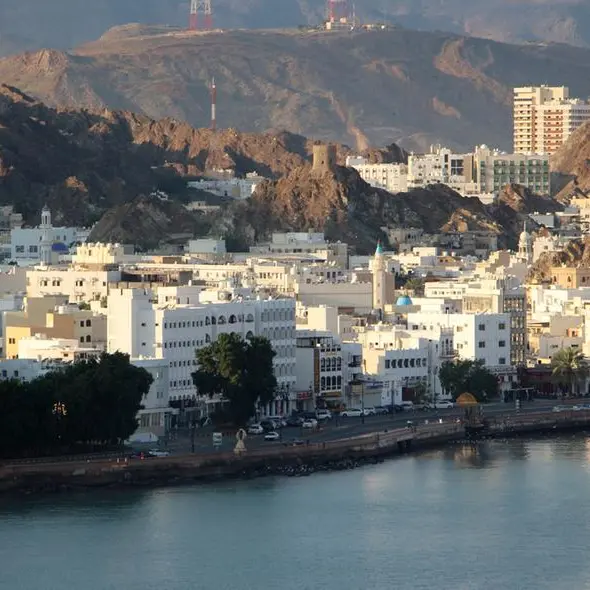PHOTO
A giant hole 20 times larger than the Earth has ripped through the Sun, unleashing 1.8 million mile-per-hour solar winds towards our planet that could potentially disrupt communication channels on Friday.
The gaping 'coronal hole' is the second to appear in one week, after the first hole was spotted on March 23. That hole was 30 times the size of Earth, and released solar winds that triggered beautiful auroras as far south as Arizona. Both holes were captured by Nasa's Solar Dynamics Observatory, which studies the sun.
Explaining what a coronal hole is and how it impacts us, Dubai Astronomy Group CEO Hasan Al Hariri explains, “Coronal holes and the dark spots on the sun are related. This is the place where explosions happen; they happen deep in the Sun and come up all the way to the surface (corona level).
The Sun is made up of layers of atmosphere, with the upper layer called the Coronal layer. Then there are many layers beneath it. Some of these layers are visible, but there are unseen layers as well which can only be seen in X-rays. [This is] where the Coronal action is visible.”
He adds, “[These] are basically part of the Sun's atmosphere where magnetic fields are entangled. Then, when a breakup happens, it unleashes a huge amount of energy to outer space. There are telescopes called SOHO (Solar and Heliospheric Observatory) and TRACE (Transition Region and Coronal Explorer), which observe the Sun in great detail. There is [also] a Parker Solar Probe which is already around the Sun.”
Hariri explains this coronal hole unleashes huge amounts of energy as particles. This energy appears as heat and light, “but the particles are called solar winds, [and these] have very high speed and creates magnetic field which leads to fluctuation and vibration impacting things on the Earth.”
“These particles are charged either positive or negative. When it reaches the Earth, our planet’s magnetic field deflects most of it but some of these get trapped in the magnetic field and they start appearing on the poles as aurora boreale. It’s like a curtain of greenish light in the atmosphere.
Something else also happens here. When the solar wind [pushes], the magnetic field begins to oscillate. It starts creating electrical charges inside power cables and disturbing the equipments and satellites.”
Elucidating on some of the components of solar activities, experts explain that solar flares and coronal mass ejections (CMEs) are both solar phenomena involving the release of magnetic energy, but they differ in their characteristics.
“Solar flares are sudden bursts of radiation associated with a brightening of the solar atmosphere, while CMEs are large-scale eruptions of solar material into space,” says Sarath Raj, Project Director – Amity Dubai Satellite Ground Station and AmiSat, Amity University Dubai.
He also highlights solar flares can have various other impacts on the Earth, including emitting high-energy radiation such as X-rays and gamma rays.
These can be categorised based on their intensity, with the lowest being A-class, followed by B, C, M, and X, the most powerful; with these being subject to more classifications.
“These types of radiation can be dangerous to humans in space and interfere with electronic devices and radio communications. Additionally, when a solar flare reaches the Earth's magnetic field, it can cause a geomagnetic storm, which can create auroras at lower latitudes than usual,” Raj adds.
It’s explained that stronger geomagnetic storms can disrupt power grids, leading to blackouts and other electrical disturbances. “Furthermore, solar flares can damage or disrupt satellites in orbit, which can affect crucial infrastructure such as satellite communications and navigation systems. Finally, solar flares can also have an impact on aviation by interfering with radio communications and GPS systems, potentially causing delays and other issues,” he adds.
"Something like this has happened earlier", Hariri notes. "In the 1990s, power was cut off in Canada. Transformers were burnt. Connections with the satellites were lost as those were damaged. In modern times, we depend on satellites for so many things.
So, the safest thing to do to protect the satellites is to switch [them] off so that no charges are created inside. Then [they] can be turned on once the solar winds have subsided.”
“The impact of these on the Earth’s atmosphere is still a part of ongoing research. But the particles (of the solar wind) can sometimes deposit as ice sheets on the poles. [The relationship] between solar activity and the Earth’s atmosphere is still an important subject of study for researchers,” says Hariri.
Copyright © 2022 Khaleej Times. All Rights Reserved. Provided by SyndiGate Media Inc. (Syndigate.info).




















